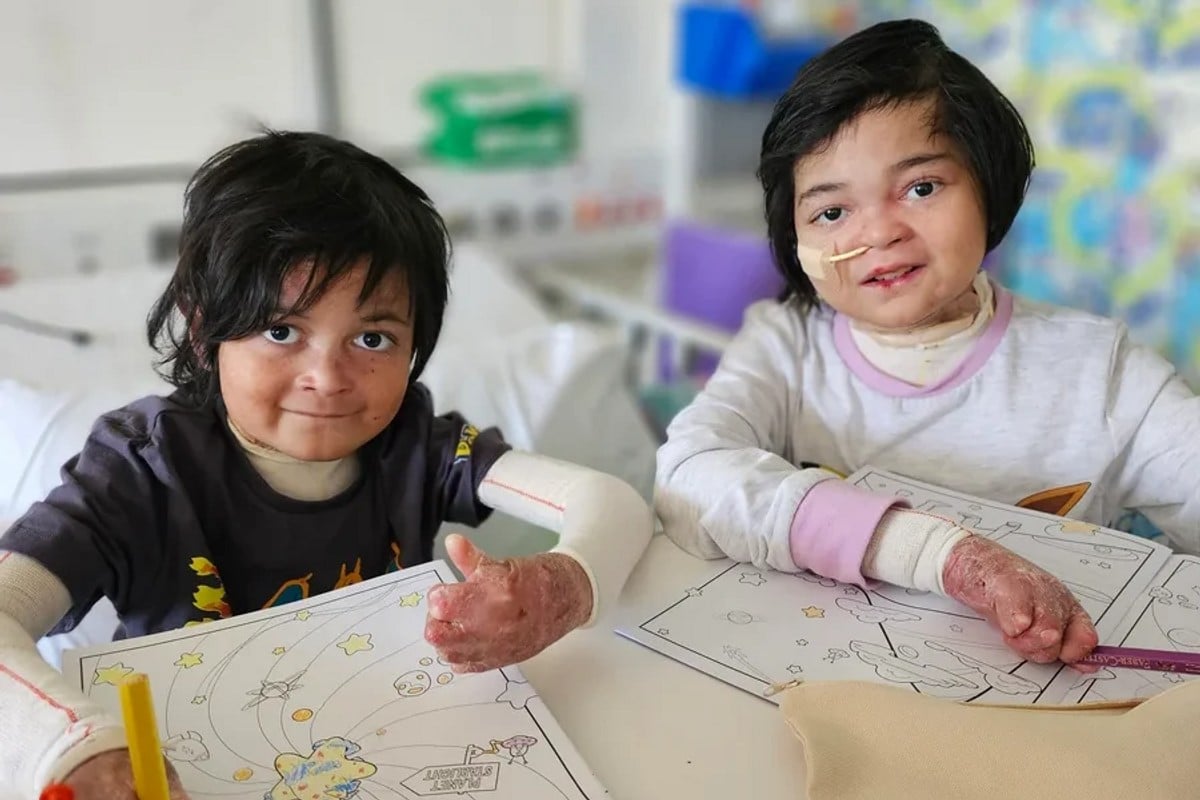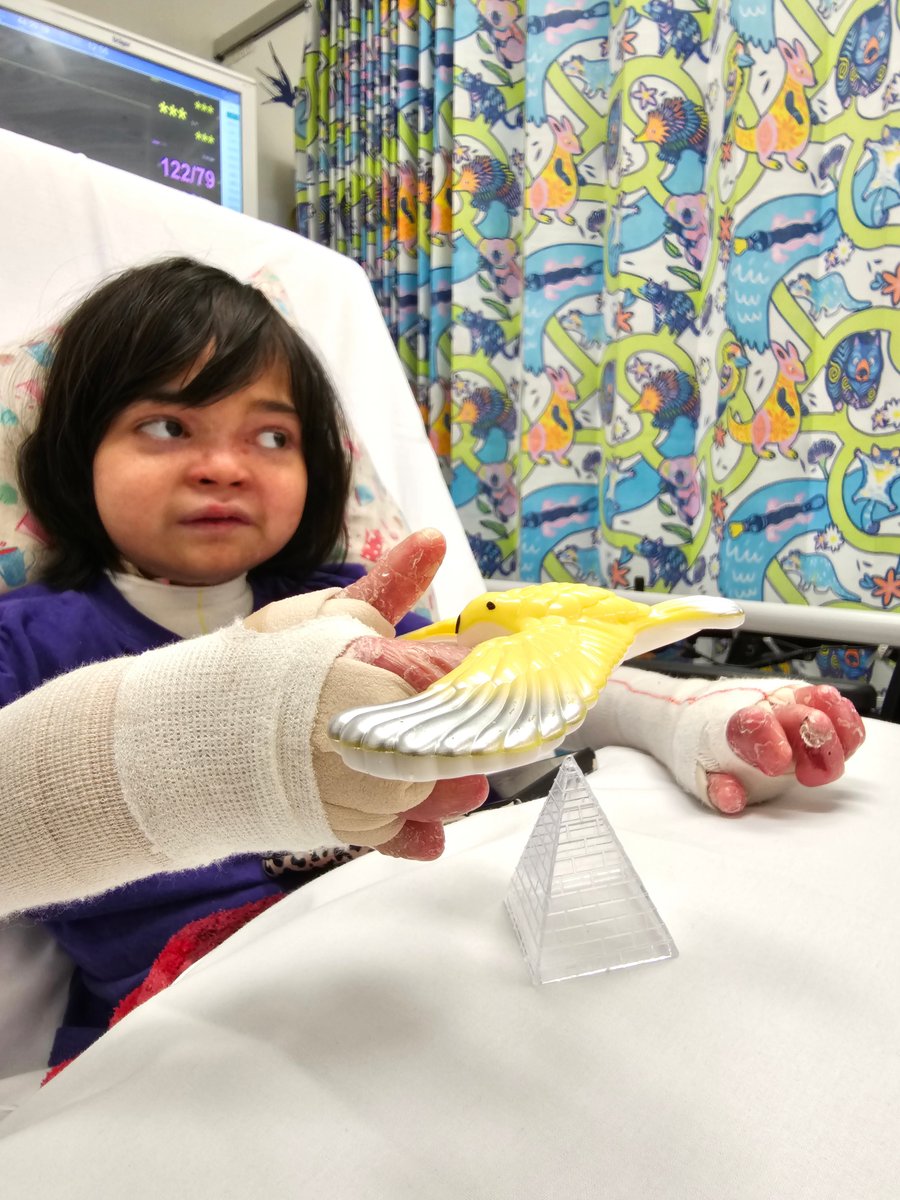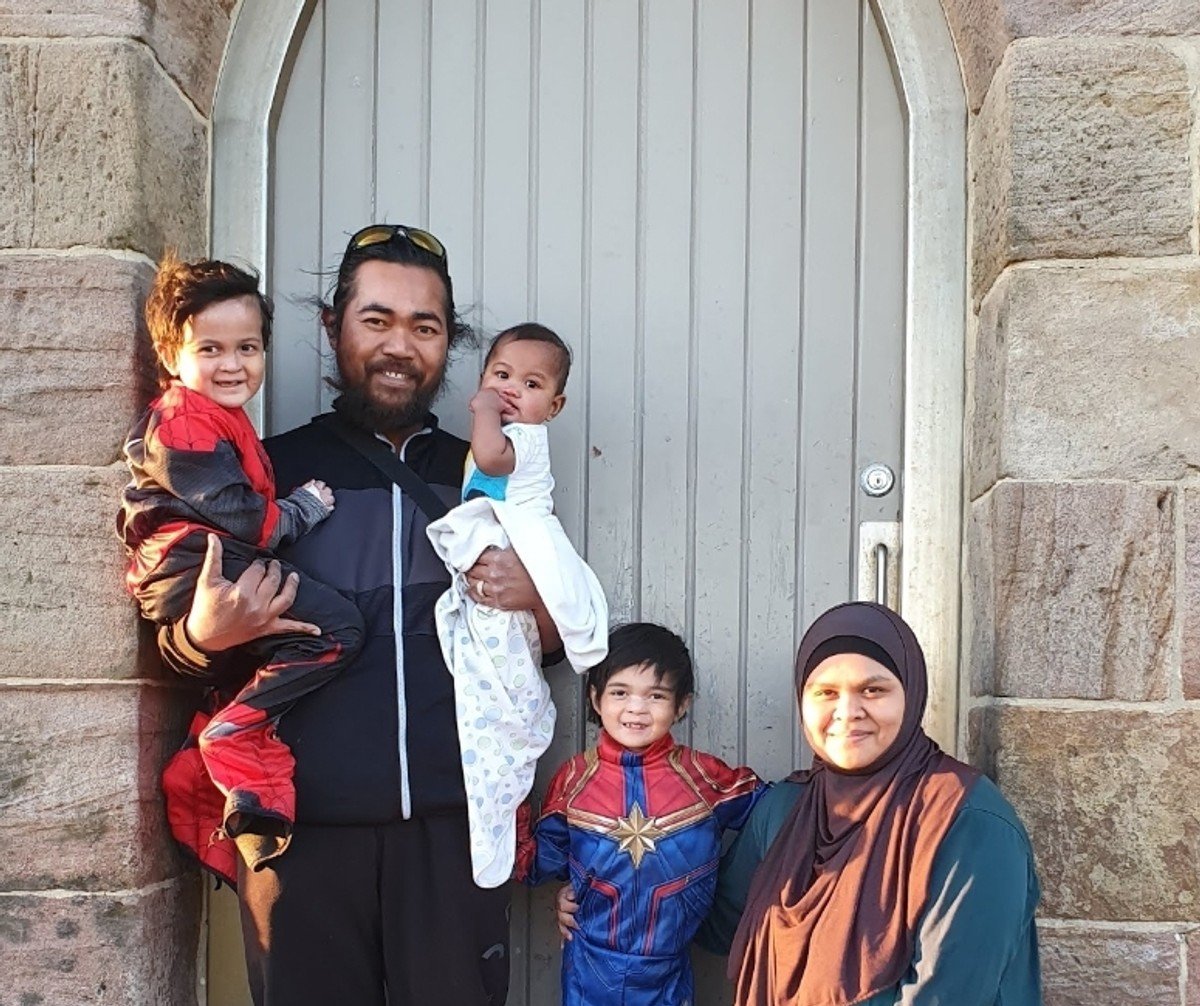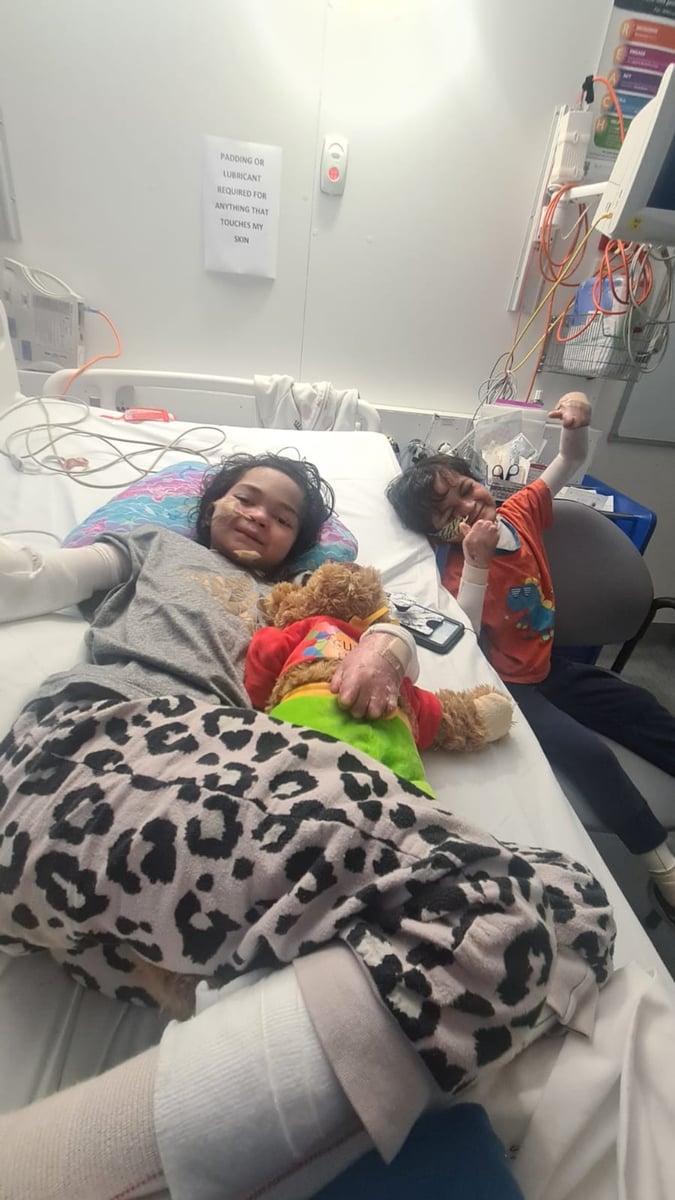
When Kida and Aiman Azny welcomed their first child into the world, they were excited to be able to hold their little girl close.
Instead, Siddiqah was born missing skin on about 75 per cent of her body.
The couple and their doctors were stunned. It turns out they were unknown carriers of a mutated gene that causes epidermolysis bullosa (EB), a rare skin condition that causes skin to blister at the slightest touch.
EB — often referred to as butterfly skin, as it makes skin as fragile as a butterfly's wings — affects half a million people worldwide, and has been likened to living with third-degree burns.
Sneezing, running, even bumping into a passing stranger can tear the skin.
Hearing what her daughter's life would look like crushed Kida.
"It's like you've been hit by a tonne of concrete. Your life is basically squashed," she told Mamamia.
"People think it's just skin, but imagine living with burns all over your body throughout your life."
To make matters worse, the concerned mother was left to her own devices when it came to learning more about the condition, as doctors in Malaysia offered little support.
 Recessive dystrophic epidermolysis bullosa can cause scarring that fuses fingers together. Image: Supplied.
Recessive dystrophic epidermolysis bullosa can cause scarring that fuses fingers together. Image: Supplied.






























































































